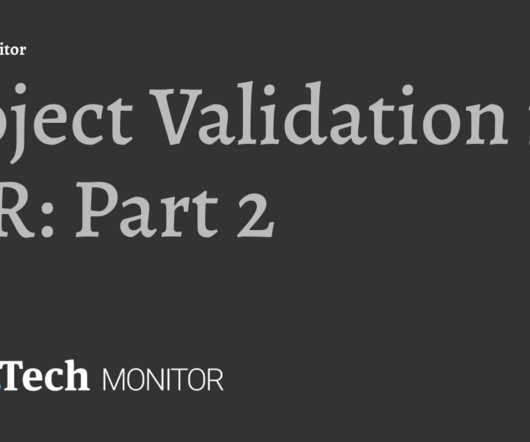Using AI to Track You Down Through Your 3D Printer
Brett Trout
JUNE 18, 2025
Because, in a way, it does.

Brett Trout
JUNE 18, 2025
Because, in a way, it does.

Clio
FEBRUARY 4, 2025
Types of discovery: The following are the three most common types of discovery that are the subjects of motions for discovery. Since the deponents answers to the attorneys questions are under oath, you can lock the deponent into their story and explore the opposing sides information and evidence.
This site is protected by reCAPTCHA and the Google Privacy Policy and Terms of Service apply.

Eric Goldman
MARCH 16, 2025
–right around Y2K, the.com crash and 9/11–the ‘series of tubes’ that was the Internet was, while still a somewhat newish/fad-ish thing for a lot of attorneys and law schools, impacting significant parts of even offline legal life. Thank you for blogging.

Technically Legal
MARCH 3, 2021
The history, current state and the impact of Artificial Intelligence on the Electronic Discovery Reference Model (EDRM) is the topic of conversation with George Socha. It is a model that outlines the stages of the Electronic Discovery process. What is the EDRM? What is the EDRM?

Attorney at Work
JANUARY 31, 2022
Multilingual E-Discovery . To compound the challenge, corporate attorneys and law firms must now sift through terabytes of electronic data. This is where multilingual e-discovery comes in. Subscribe to Attorney at Work. Illustration ©iStockPhoto.com. Follow us on Twitter @attnyatwork.

Cyber Crime Review
NOVEMBER 14, 2022
” Notably, the defendant’s counsel had also notified the court that the government was willing to provide copies of these hard drives to attorneys of other defendant’s involved in the fraudulent scheme, upon request. The court found this a “distinction without a difference.”

Legal Tech Monitor
APRIL 26, 2023
From : Blog Entry >> Brian’s Blog Entry Please enjoy this blog posted on behalf of the author, Jonathan Kiang, Senior Electronic Discovery Consultant, Epiq. At the end of a long and tedious document review, the last thing any attorney wants to be told is that more documents need to be reviewed.
Let's personalize your content